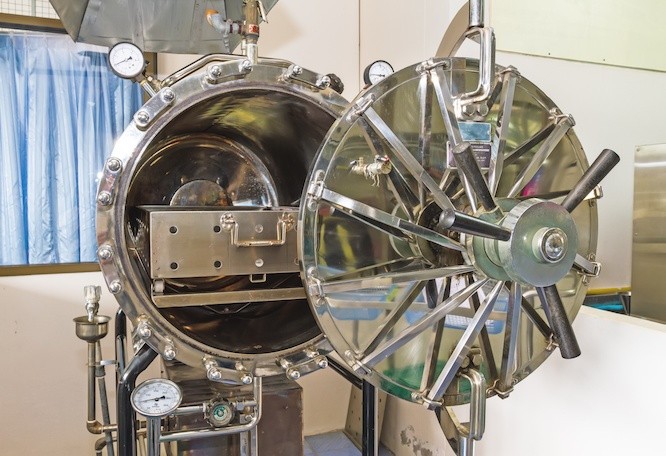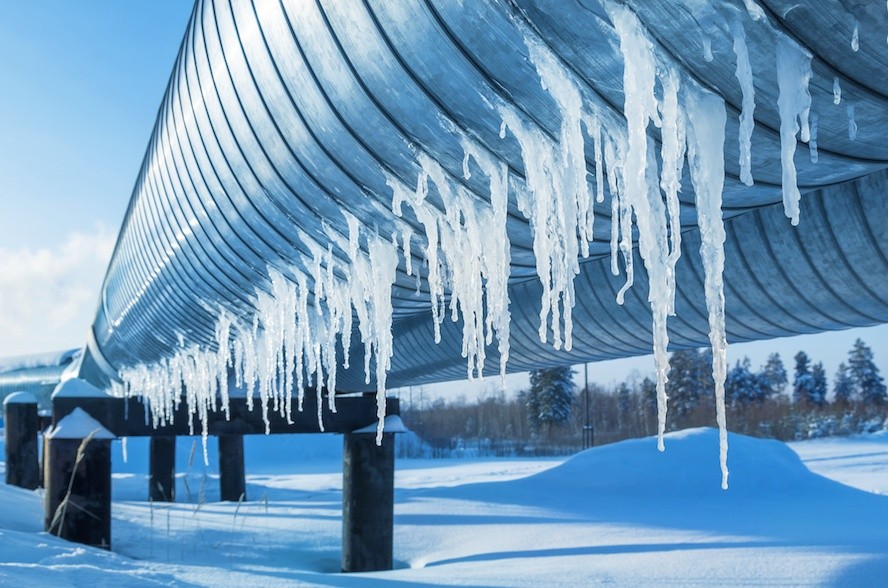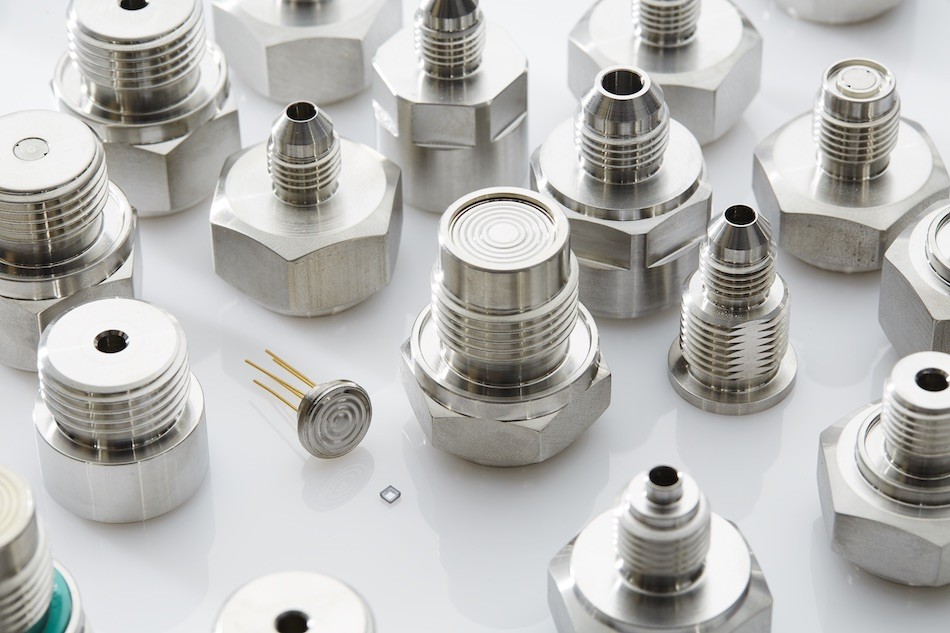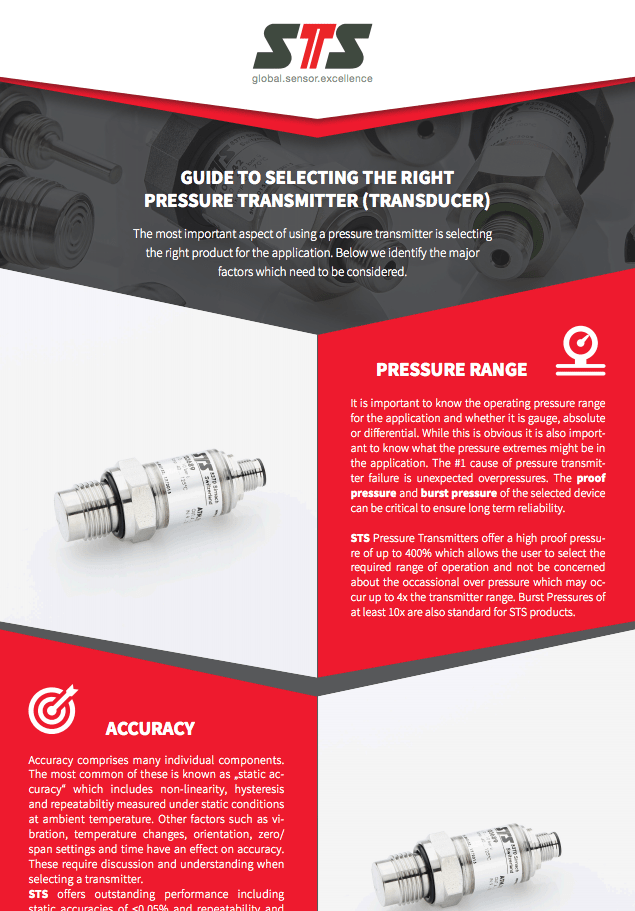
Conductivity measurement in natural waters & other liquids
When measuring conductivity, various factors have to be taken into account, depending upon the liquid being tested. Particular attention is to be paid to temperature as the major influencing factor.
Conductivity is expressed in microsiemens and indicates a substance’s ability to conduct electric current. The conductance is the inverse of resistance, as expressed in ohms. It thus follows that the higher the conductance, the lower the resistance.
Conductivity in natural waters
Pure water is practically non-conductive (0.055 µS/cm, compared to drinking water at 500 µS/cm). It becomes conductive only through dissolved substances such as chlorides, sulfates and others. The purity of a water body can thus be determined via a conductivity measurement, where the higher the conductivity, the more substances are dissolved in the water. Typical applications for conductivity measurement include, for example, landfills for testing groundwater contamination and the monitoring of salt water ingress into groundwater sources. This makes conductivity an important factor for monitoring tasks in environmental technology in order to draw conclusions about possible impurities. Although conductivity is only an indicator of pollution, the composition of the substances entering the water must subsequently be chemically analyzed. In addition, not all substances that can be dissolved in water are also conductive (e.g. hormones or fungicides).
Another common application is the determination of flow direction and flow velocity. For this purpose, salt is added to the water and its conductivity accordingly increased. Flow velocity and direction can be precisely determined by measuring the conductance at specific points.
As already mentioned, the conductivity of a substance is highly temperature-dependent. Two samples of a substance can therefore produce different conductance values at different temperatures. Without temperature compensation, there is practically no possibility of comparing two substances if they cannot be examined at exactly the same temperature. For this reason, conductivity measurement and temperature measurement go hand in hand. Usually, therefore, both the conductivity and the temperature are measured in a single conductivity measurement. Temperature compensation is then used to calculate the conductance at a reference temperature, which is normally set at 25 °C.
Temperature compensation function: The substance decides
Which temperature compensation function is used to determine the conductivity at reference temperature depends entirely on the liquid being examined. For natural waters, the non-linear function according to the DIN EN 27888 standard for water quality is used.
Linear functions are used for salt solutions, acids and alkalis. To calculate the percentage change in conductivity (K) per °C temperature change (∆T), we use the following formula:
α = (∆K(T)/∆T)/K(25°C)*100
∆K(T) = Conductivity change from the selected temperature range
∆T = Temperature change from the selected temperature range
K(25°C)= Conductivity at 25°C
Finally, let us consider an example calculation for determining the conductivity of a quick descaler. To obtain the necessary figures for the calculation, three measurements must be carried out:
122.37 mS/cm at 20°C
133.10 mS/cm at 25°C
135.20 mS/cm at 26°C
∆K(T) = 135.20 mS/cm -122.37 mS/cm = 12.83 mS/cm
∆T = 26°C – 20°C = 6°C
K(25°C)= 133.10 mS/cm
α = ((135.20 – 122.37)/(26 – 20))/133.10*100 = 1.60 %/°C





